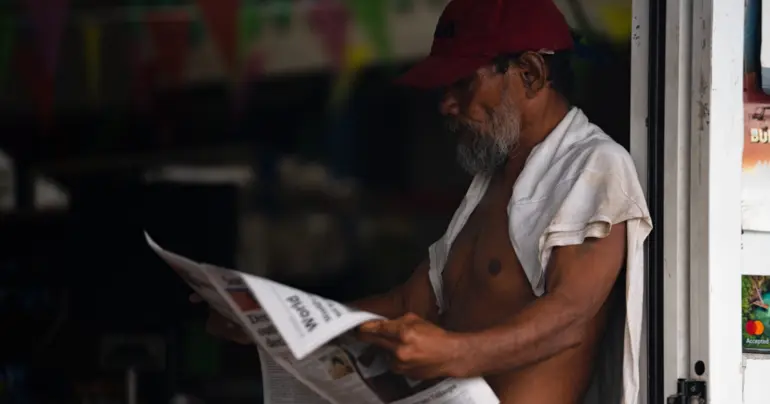To Ice or not to ice – that is the question
We’ve all seen it before. You’re watching a rugby game at the stadium and a player is sprinting forward to the try line with the ball, but at the last second, they’re tackled from behind and they’re on the ground rolling. The tackler is nonplussed and walks away unscathed, but the player on the ground is taking a little longer than usual to arise.
He starts to sit up and grabs his knee, his face twisting into a grimace. His teammates wave over to the coach and a small bag is brought over to the player. Out comes the magical ice pack and is immediately placed over the player’s knee as he hobbles off the field. The player takes two weeks off all forms of training and ices his knee every day. He tries to get back into training but his knee isn’t the same as it was before.
This is a common occurrence in the world of injuries and the abbreviation RICE (rest, ice, compression, elevation) has been used for sideline management for decades (since 1978). But how effective is this acronym for getting players back onto the field? What does ice do for the body?
The term RICE was coined in 1978 by Dr Gabe Mirkin as an attempt to minimise swelling and pain, and to quicken the rate of healing for injuries.
However, as we’ve come to understand over the recent years, ice doesn’t always achieve this. When your joints are first injured, the body’s natural response is to send extra blood flow and fluid containing important healing cells and chemicals toward the injury to get nutrients to it quicker (that’s why your affected area can get redder, hotter, and enlarged from the swelling).
Ice is great at relieving pain in the initial stages of an injury because it limits the amount of swelling and heat that happens at the site.
However, because ice directs blood flow away from the tissues that it’s applied to, the healthy cells and chemicals (macrophages, neutrophils, growth factors) don’t get to the injured tissue fast enough and the healing process can be delayed.
The current acronym and best practice for soft tissue injury management is PEACE & LOVE. PEACE is for the first few days after your injury and stands for:
• Protect – offload the injured area for 1-3 days, let pain guide how much you load your joint
• Elevate – keeping your injured limb higher than the heart to promote good flow of fluid away from your injured area
• Avoid anti-inflammatories modalities (example: ibuprofen, ice) – as mentioned before these direct important blood flow away from your injury
• Compress – apply tape or bandages around the area to reduce swelling
• Educate – avoid unnecessary passive treatments
LOVE is for when you’re working with a physiotherapist (Load, Optimism, Vascularisation, EXERCISE!). The worst thing to do for your injury and healing is to become immobile for too long, and the best thing to do is to incorporate gentle movement to keep the joint healthy.
Ice is easy to implement and can be a great and instant form of pain relief in the first few hours of getting injured. However, the best thing to do for your injury is to get a review by a physiotherapist to pinpoint and diagnose your injury.
By working together with a physiotherapist, you get a comprehensive rehabilitation plan to get you back onto the field, pain free, in graded stages that align with the healing timeline of your specific injury. You can build strength in pain free ranges of movement without causing further damage.
So, in short, ice can be useful for a short period of time, but if getting back into the game that you love is a high priority for you, then getting a personalised exercise plan is your best bet at returning to the field as quickly as possible.
The author is a physiotherapist and can be contacted on telephone 28303 at Alec’s Health Specialist Centre should you need more information.











